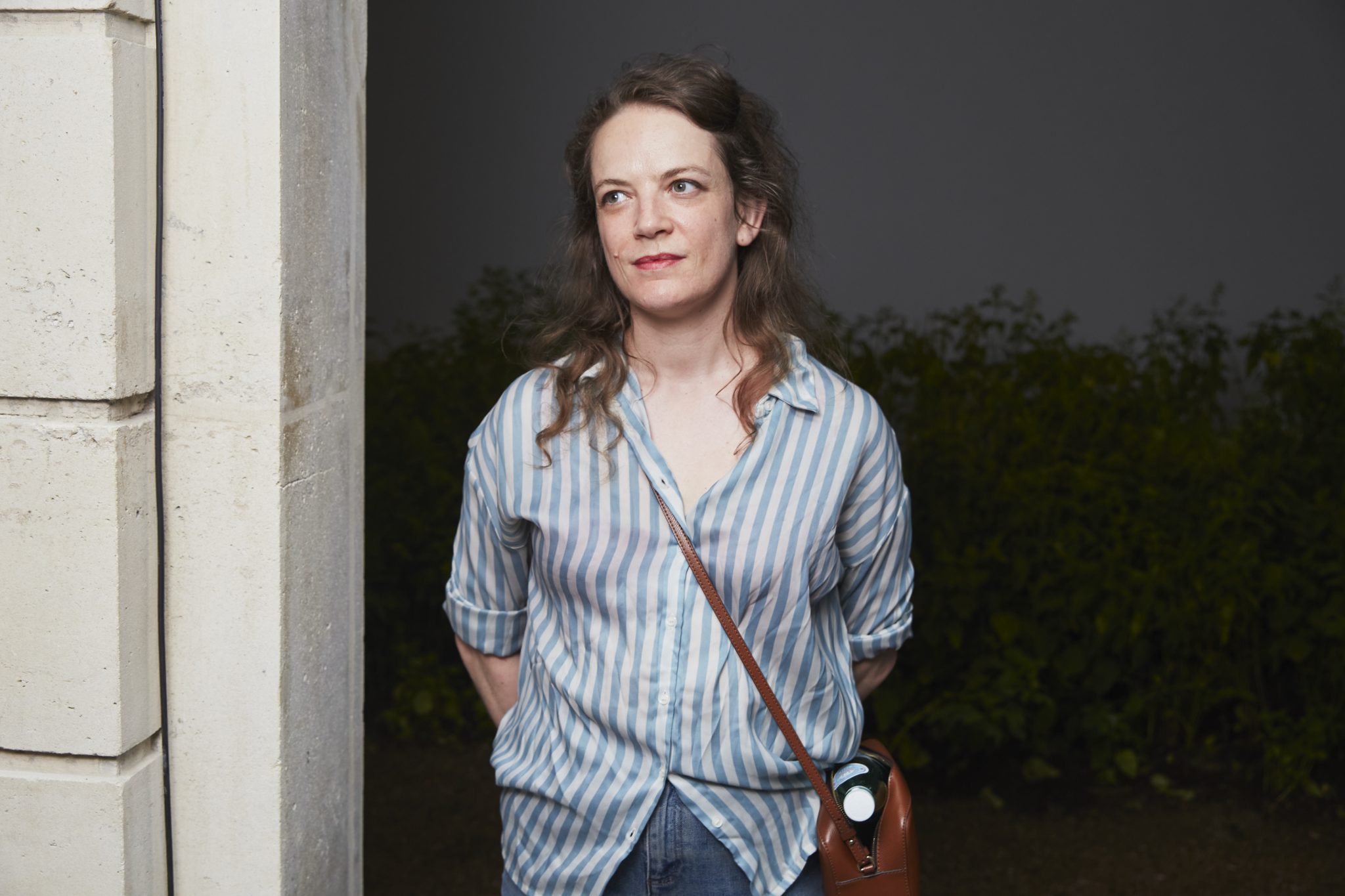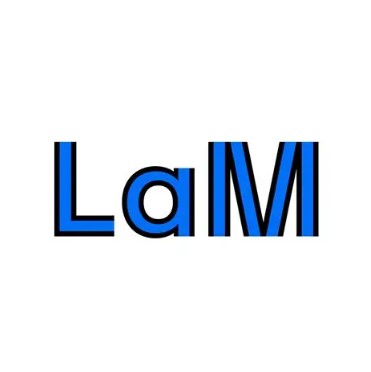Emilie Pitoiset
Artist
Spring 2026

- Visual Arts
- Los Angeles
“In Los Angeles, where images reign, I search for ghostly voices—those that conjure illusions while remaining unseen.”
Sculpture, installation, video, performance: my work pays particular attention to the body, its tensions, fragilities, and moments of imbalance. My path began with artistic gymnastics, continued through contemporary dance, and led to studies in aesthetics at Paris 8 University and the École des Beaux-Arts de Paris, from which I graduated in 2005.
I explore the precarious states of the body—fatigue, collapse, trance—as well as the subtle forms of resistance that can emerge within them. I focus on those suspended moments where control and loss of control intertwine, in forms that oscillate between presence and disappearance.
My research is grounded in a political, economic, and social reading of the body. I am interested in gestures, postures, and figures that are often invisible—whether marginalized, normalized, or overexposed: from salarymen asleep in public spaces to dance marathons pushing bodies to exhaustion, from professional mascots to constrained movements, and even to characters in Duras’ works—silent presences, empty shells, yet laden with memory.
I draw on tragicomic narratives, the aesthetics of melodrama, and subcultures to construct a universe marked by a recurring motif: precarious balance. Sleeping bodies, slumped objects, empty garments, and slowed postures all contribute to its visual grammar.
Émilie Pitoiset graduated from the École des Beaux-Arts de Paris. Her work has been presented in France (Centre Pompidou, Palais de Tokyo, Centre National de la Danse, Fondation Calouste Gulbenkian, Frac Île-de-France…) and internationally (Schirn Kunsthalle Frankfurt, Tai Kwun Hong Kong, Witte de With Rotterdam, Museo Marino Marini Florence…). Her works are included in several private and public collections, including the MNAM – Centre Pompidou, the FNAC, various FRAC, the Musée de Rochechouart, DZ Bank, and the Pinakothek der Moderne in Munich.
My project for the Villa Albertine, entitled Ghost Singer, extends reflections initiated with So Much Tenderness, a fiction-documentary film centered on professional mascots. Drawing on the testimonies of these anonymous bodies, trapped in codified gestures and fixed expressions, the project explores a paradoxical condition that combines hyper-visibility and social invisibility. Mascots, inherently mute, have no voice of their own; their bodies are dissociated from speech, which is absent or silent. Ghost Singer deepens this idea by focusing on the notion of a spectral voice—a faceless song that blurs the boundaries between identity and disappearance.
This project examines the dissociation of the voice, ventriloquism, and vocal derailments as metaphors for human behavior. It seeks to understand how the voice emerges—or struggles to emerge—how it can carry meaning or falter, stammer, or even derail. Ghost Singer thus interrogates phenomena of dissonance, doubling, and the fracture between body and speech.
I specifically work around mechanisms of desynchronization between voice and body, inspired by cinematic dubbing, playback, as well as the roles of prompter and body double, which oscillate between mimicry, technology, and illusion. These phenomena are deeply rooted in American film culture, making the United States a particularly relevant site for this project.
I also draw on ventriloquism, both as a medium and as a metaphor, to question notions of concealment, manipulation, and doubling. This work engages with feminist practices that use ventriloquism to explore silenced, marginalized, or multiple voices. Furthermore, I establish a connection with female operatic singing, where the voice simultaneously symbolizes silence, lack of agency, and resistance, exploring the possibility of intentional vocal discord.
Finally, Ghost Singer incorporates a reflection on gaslighting, that subtle manipulation which distorts the perception of speech and undermines self-trust. This research will inform the creation of new works—videos, installations, or texts—where the voice becomes a space of resistance, and where falling and derailment are embraced as expressive forms in an era dominated by self-promotion and persona crafting.
My project, focused on invisibility, dissociation, and the manipulation of the voice, resonates particularly in Los Angeles—a city where the image predominates, yet visual illusions often rely on voices rendered invisible. This tension between the visible and the audible provides a fertile ground, as Steven Connor notes: “[…] illusions depend, not upon the isolation and intensification of the sense of hearing, but rather upon its deficit.”
I intend to study, in particular, the figure of Mercedes McCambridge, the ghost singer in The Exorcist (1973), whose vocal performance—uncredited at the time—has left a lasting mark on film history. Her case embodies the issues of erasure and recognition that underpin my project. I will conduct research in the Warner Bros archives in Burbank and in collections at UCLA, AMPAS, and the Los Angeles Public Library.
I will also examine films related to ventriloquism (Dead Silence, Magic, The Unholy Three), where the voice becomes a tool of manipulation and disembodiment. These investigations will be complemented by exchanges with IRCAM in Paris and local institutions such as the Los Angeles Opera, where ghost singers are still active, and CalArts, a site conducive to interdisciplinary research.
Finally, I hope to meet figures such as Diamanda Galás or Lisa Bielawa, whose experimental vocal practices inform reflections on dissociation and the reclamation of the voice.
In partnership with

Lille Métropole Musée d’art moderne, d’art contemporain et d’art brut

